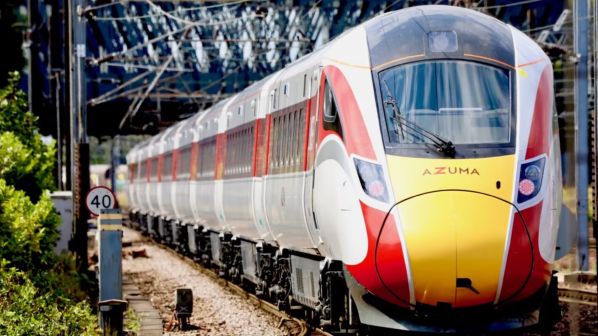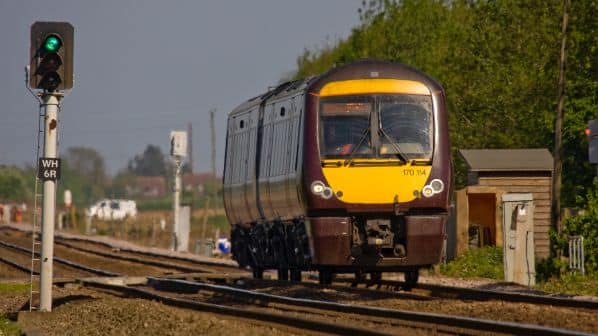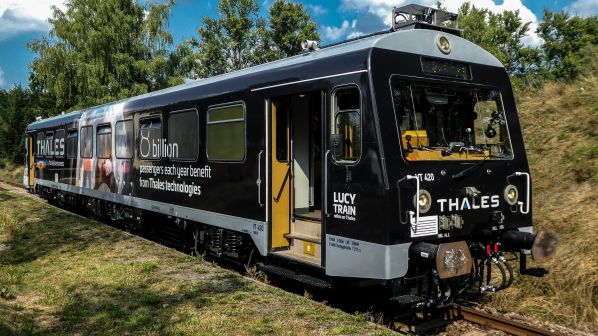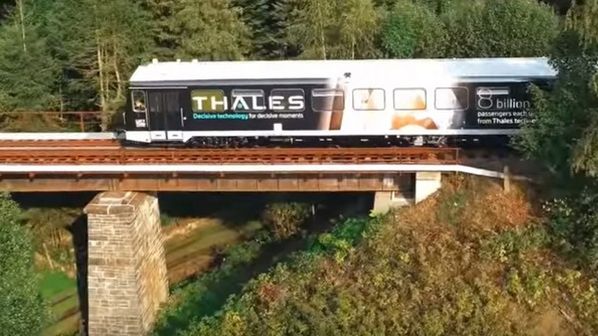BRITAIN’s rail regulator, the Office of Rail and Road (ORR), says a remedy package proposed by Hitachi Rail under which it will divest certain business assets would satisfy concerns over future competition in the British mainline signalling market following its proposed £1.7bn acquisition of Thales’ Ground Transportation Systems business.
The proposed remedy package comprises the disposal of Hitachi Rail STS France, which includes the manufacturing site in Riom, France, and the core site in Les Ulis, France, which has research and development, engineering, and project delivery and design capabilities.
In its response to a notice of possible remedies, Hitachi Rail states that it has serviced its British projects over the past 15 years by leveraging its French operations. Under the proposal, Hitachi Rail would divest all shares of Hitachi Rail STS France, transferring ownership of the ETCS wayside and digital interlocking platforms as well as its Argos wayside and interlocking platforms. It will also dispose of Hitachi Rail France’s business for ETCS and legacy onboard unit projects along with ownership or access to intellectual property rights. The remedy taker would benefit from the transfer of all existing ETCS ATP wayside, interlocking, ETCS and legacy onboard unit projects, service and maintenance agreements.
In addition, the divestment would include all of Hitachi’s resources and assets relating to digital mainline signalling, or ETCS, in Britain, and the associated backlog of projects. Hitachi proposes carving out this element of its business into a new legal entity that would be transferred to Hitachi Rail France. It will also include the activities and backlog contracts of Hitachi Rail Deutschland, including an office in Munich, which has a test laboratory for factory acceptance tests with customers.
The ORR notes that the proposed divestment business is a standalone, viable business with an experienced management team, and “in the hands of an appropriate remedy taker would be capable of replicating the competitive constraint of Hitachi Rail in the UK.”
“The remedy taker will be acquiring a business which has been established for over 100 years in the European signalling market, has more than 500 FTEs with substantial signalling, engineering, and manufacturing experience and capability; and crucially, to the CMA’s provisional theory of harm, a business which has experience of delivering mainline signalling projects for Network Rail,” the ORR says.
The ORR made the observations in a letter to Mr Stuart McIntosh, chair of the Competition and Markets Authority’s (CMA) Inquiry Group, which is investigating the proposed acquisition. The CMA’s provisional assessment announced in June found that the merger as it stands is likely to result in a substantial lessening of competition in the supply of “digital mainline signalling” or ETCS.
CBTC
However, the Inquiry Group has now updated its provisional findings regarding the supply of CBTC in the British market, stating on August 23 that the acquisition would not result in a substantial reduction in competition in the supply of CBTC to Britain.
Hitachi welcomed this update, stating that it will continue “to work closely with the CMA to agree the best possible mitigations and appropriate way forward.” It also confirmed that a proposal to include the disposal of its core CBTC v6.6 Orion technology within the divestment package is no longer required.
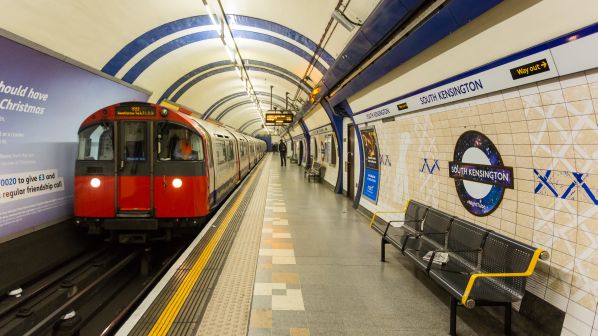
Transport for London (TfL) is the main customer for CBTC in Britain and its current suppliers are Thales and Siemens. Hitachi, which acquired Ansaldo STS in 2015, has not previously supplied signalling for the London Underground (LU).
CMA’s assessment focused on likely competition to re-signal the Bakerloo and Piccadilly lines. It states that the new evidence supports the provisional conclusion that Hitachi would not be a credible competitor to Thales or Siemens in these future tenders, leading to the provisional conclusion that Hitachi is not a credible bidder to supply CBTC to LU in the near or medium term.
The CMA adds that re-signalling of LU lines is regarded as especially complex and challenging compared with other metro systems and that most of Hitachi’s relevant CBTC projects are smaller and less complex than the upcoming Piccadilly and Bakerloo projects.
“Effective competition in the urban and digital mainline signalling markets is essential for ensuring the UK’s rail transport systems are efficient and reliable for passengers who rely on these services,” McIntosh says.
“Having reviewed the additional evidence, which indicates that Hitachi is unlikely to be a credible bidder for signalling projects on the LU in the foreseeable future, we have provisionally concluded that the merger would not harm competition in the supply of these systems in the UK.
“That said, our provisional view that this merger raises concerns in the supply of digital mainline signalling in Great Britain, is not affected by today’s announcement.”
The CMA is expected to issue its final report on the proposed acquisition by October 6.
Hitachi announced the proposed acquisition in August 2021. It said that the expansion would drive growth in its global railway signalling business, bringing an enhanced turnkey offering to new markets around the world and accelerating development of its Mobility as a Service (MaaS) offer.
Regulatory approvals have been secured in all other relevant jurisdictions apart from the European Union (EU), where Hitachi says it is “making good progress towards securing clearance.”
